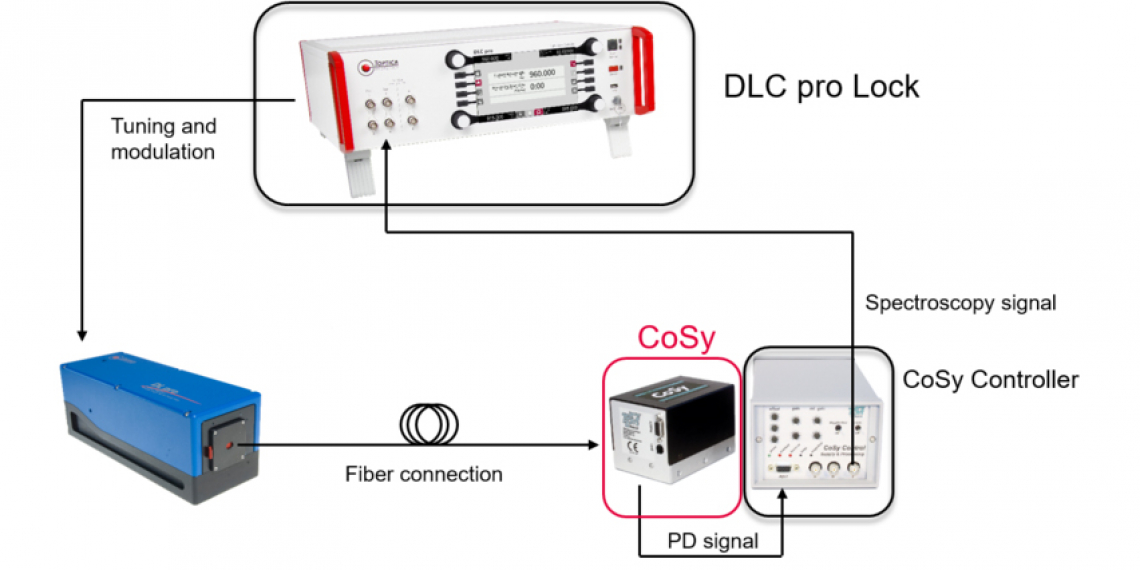
The monochromatic property of laser light is certainly one of its key features. It explains why the emergence of the laser led to a renaissance of traditional fields like atomic and molecular spectroscopy and at the same time triggered the birth of new fields like quantum optics and quantum information processing. This monochromatic property is rooted in the fundamental working principle of the laser that always contains a frequency-selective element. Examples for these elements in the case of diode lasers include external resonators and gratings written into the semiconductor.
These optical methods of frequency selection already lead to very narrow spectral features. However, a closer look reveals that frequency fluctuations occur on different time scales. Considering the diode laser, they can be of very different origin, e.g. fluctuations of the current driving the laser diode, acoustic vibrations and changes of the surrounding air pressure and temperature. To further narrow down the spectral feature, it is, therefore, necessary to electronically stabilise the phase or frequency of the laser to an external reference. Most generally, whenever a laser property is stabilised to an external reference, this is typically called “laser locking” or “locking”.
Many applications rely on this possibility and requirements concerning the frequency and phase stability keep increasing. While the research field of optical clocks requires extremely narrow linewidths to improve clock precision, other applications in the growing field of quantum technologies, have phase stability of a laser as a critical benchmark.
This application note provides an introduction to the principles of laser locking in general and to the more practical aspects of phase and frequency locking of diode lasers. The goal of these application notes is to provide the reader with a conceptual understanding of laser locking but also to help them choose the ideal locking solution for their application.

